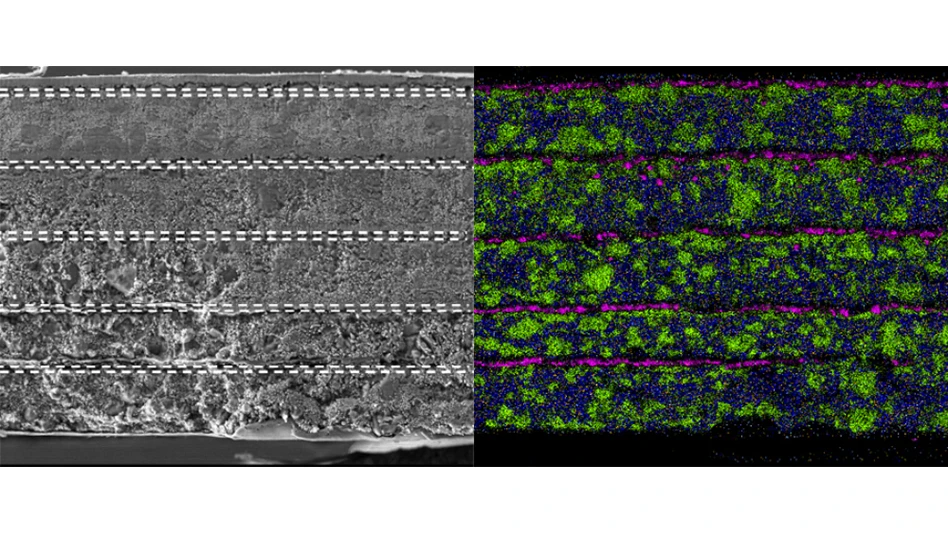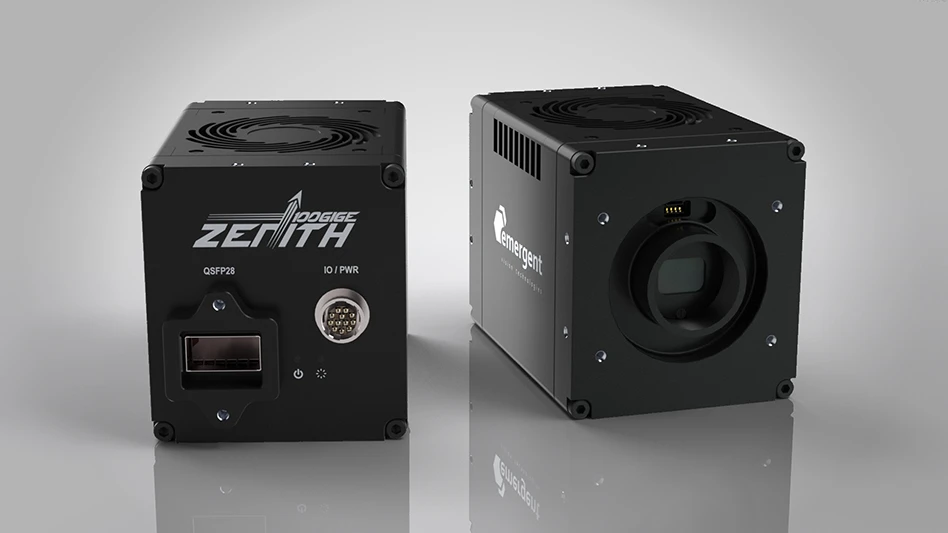
CREDIT: MICROVAST
Microvast Holdings, Inc., developer of advanced battery technologies, announced a significant milestone in the development of its True All-Solid-State Battery (ASSB) technology. This advancement represents a key step forward in improving safety, energy density, and efficiency for critical applications such as data center backup power systems and electric school buses, while also paving the way for future innovations in robotics and other high-demand sectors such as electric vehicles (EVs).
Unlike conventional lithium-ion or semi solid-state batteries, Microvast's ASSB utilizes a bipolar stacking architecture that enables internal series connections within a single battery cell. Traditional lithium-ion and semi solid-state batteries, constrained by the limitations of liquid electrolytes, typically operate at nominal voltages of 3.2V to 3.7V per cell. In contrast, Microvast's technology completely eliminates liquid electrolytes. This breakthrough allows a single cell to achieve dozens of volts or higher based on specific application needs. A voltage unattainable by any battery containing liquid electrolytes, which would otherwise decompose under such high voltages.
This bipolar design significantly reduces the number of interconnections between cells, modules, and packs. This simplifies the overall system architecture and enhances both energy efficiency and operational safety. Furthermore, Microvast has developed its proprietary all-solid electrolyte separator membrane based on an advanced polyaramid separator, which is non-porous and tailored specifically for solid-state applications. This separator ensures excellent ionic conductivity, structural stability, and long-term durability, addressing one of the most critical technical challenges in solid-state battery technology. Moreover, the ability to maintain stable high-voltage operation without compromising safety or long-term reliability underscores a key technical advantage of Microvast's ASSB technology.
"Our solid-state battery innovation represents a significant leap forward in addressing real-world safety and efficiency challenges," says Yang Wu, CEO of Microvast. "By developing a technology that eliminates liquid electrolytes and prioritizes scalability, we are well-positioned to meet the evolving needs of industries requiring reliable and safe energy storage solutions."
With its flexible form factor and voltage configuration, Microvast’s solid-state batteries can be custom made to meet the specific energy and spatial requirements of advanced robotic systems. This makes the ASSB a key enabler for upcoming AI-driven systems and applications.
"Our bipolar architecture, combined with our proprietary all-solid separator, not only simplifies battery design, but also enhances energy density and operational safety," says Dr. Wenjuan Mattis, CTO of Microvast. "Further, the absence of liquid electrolytes ensures our batteries can operate at voltages unattainable by conventional designs, underscoring the transformative potential of our technology. This flexibility in cell design empowers us to address emerging applications in fields such as advanced robotics and compact energy systems."
Figure 1A (left) and Figure 1B (right) provide a detailed cross-sectional analysis of Microvast's bipolar stacked five-layer solid-state battery cell. Figure 1A illustrates the morphological structure, highlighting distinct layers of the cathode, anode, and solid electrolyte. This precise layer alignment ensures optimized current distribution and mechanical stability. Figure 1B displays the elemental mapping (EDS analysis) of the same cross-section, displaying the uniform distribution of key materials (Ni, Co, Mn, Si, S) across the cathode, anode, and solid electrolyte interfaces. This consistency is critical for preventing localized failures and maintaining stable long-term performance under heavy operational loads.

Figure 2 represents the voltage-capacity curve of Microvast’s ASSB during charge and discharge cycles. The graph reveals a stable operational voltage range between 12V and 21V, a clear indicator of the battery's advanced engineering and true solid-state nature. Any presence of liquid electrolyte would prevent stable operation in this high-voltage range.
Looking ahead, Microvast is advancing to the next phase: the pilot production study.
Latest from EV Design & Manufacturing
- There’s still time to register for our January 22 additive manufacturing webinar!
- Acura to release first electric vehicle engineered on Honda-developed platform
- Amprius expands SiCore platform for high-performance electric vehicles
- Global electric vehicle sales up 25% in record-breaking 2024
- Customizable heat sealing technology is designed for electric vehicle applications
- Precision Parts Powering E-Mobility
- Electric vehicle, battery manufacturers invest in Dürr’s coating and painting technology
- Thermal interface materials provide conductivity and insulation for battery applications





